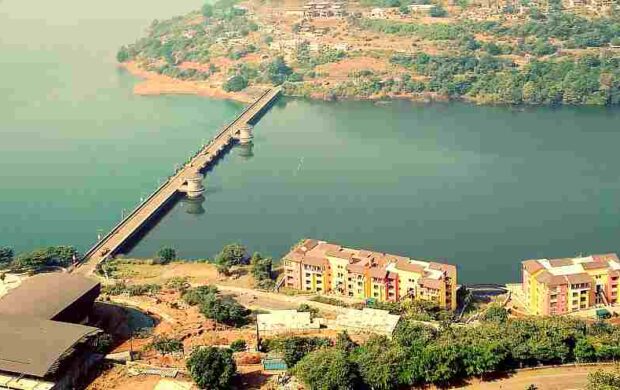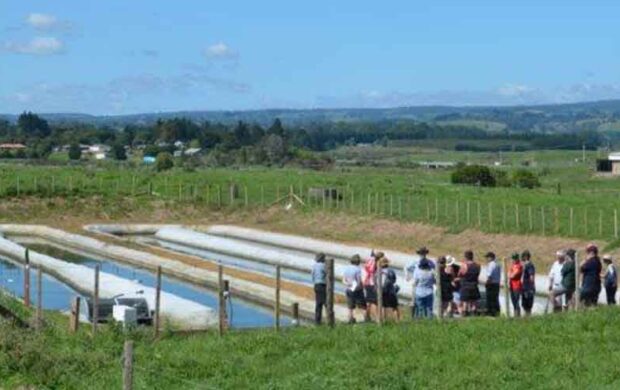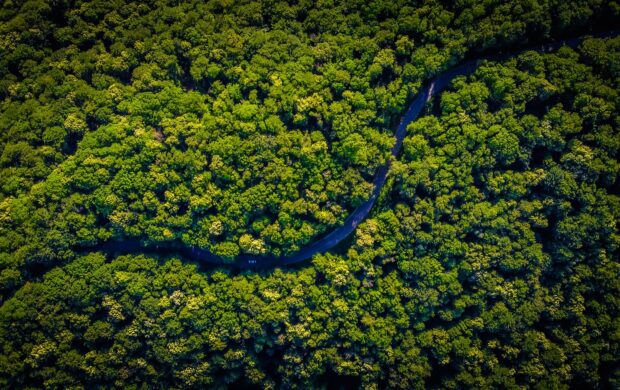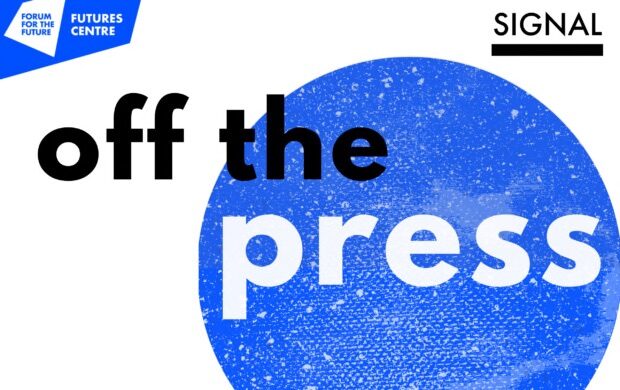Despite global and local regulations to ban or penalise rhino horn trade, poaching remains a critical issue. Rhino populations are rapidly declining, with a possibility of nearing a tipping point (in this case, the death rate would outweigh the birth rate and the population would decline rapidly).
Conservation efforts across Africa face numerous setbacks, specifically government corruption and lack of adequate funding to manage day-to-day operations and sustain conservation efforts.
The Rhino Impact Investment (RII) Project was created to shift the traditional conservation funding model from donation-based to a long-term outcomes-based financing model.
“Lack of funding is one of the biggest barriers to successful rhino conservation and that is where the RII Project comes in. Attracting novel funding sources to address global rhino issues, while simultaneously professionalising the way that conservation designs, delivers and reports on its impact will encourage a sector-wide evolution from box-ticking to delivering results” – Chris Gordon, ZSL Kenya Country Manager and RII Project Pilot Site Manager
RII directs impact investment funds towards a 5-year strategy focused on habitat and biological management, counter-poaching, alignment with communities, and rhino monitoring protocols. At the end of the 5-year term, KPIs will be used to inform the conservation outcome and this will determine the investor’s return.
RII began a three-year pilot in 2016 in Tsavo West National Park, Kenya to test the feasibility of this unique financing model. As it nears the end of its testing phase, the results have been positive. According to Dr Richard Leakey, Chairman of the Kenya Wildlife Service Board, “We’ve seen some incredible progress since the start of the RII Project, and the momentum that is gathering will help restore this landscape to the major wildlife area that it was in the 1950s”.
So what
The RII is a 5-year investment planned for a Q1 2020 launch. It will be the world’s first outcomes-based financial instrument for species conservation. If it is successful, this model can be scaled to address conservation of other critical species and habitats. This could truly revolutionise our approach to fundraising and reposition biodiversity as having economic value that it worth investing in.











